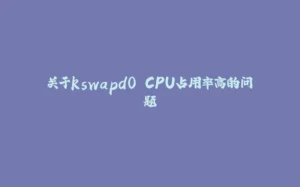Understanding how to measure and optimize the performance of your algorithms is crucial. This is where Big O Notation comes into play. It’s not just a theoretical concept but a practical tool that helps in assessing the efficiency of algorithms in terms of time and space complexity. Let’s delve into this cornerstone concept of computer science.
What is Big O Notation?
Big O Notation is a mathematical representation used to describe the performance of an algorithm. Specifically, it measures the worst-case scenario of an algorithm’s runtime or space requirements as a function of the input size. In simpler terms, it tells you how fast an algorithm grows relative to the input size.
Why is Big O Notation Important?
-
Performance Prediction: It helps in predicting how an algorithm will perform as the size of the input data increases.
-
Efficiency Comparison: It provides a way to compare the efficiency of different algorithms for the same task.
-
Bottleneck Identification: It assists in identifying potential bottlenecks in code, guiding developers in optimizing their algorithms.
Common Big O Notations
-
O(1) – Constant Time: Execution time remains constant rega
rdless of input size. -
O(n) – Linear Time: Execution time increases linearly with input size. Example: Linear search.
-
O(log n) – Logarithmic Time: Execution time increases logarithmically with input size. Example: Binary search.
-
O(n log n) – Linearithmic Time: Combines linear and logarithmic complexities. Common in efficient sorting algorithms like mergesort and heapsort.
-
O(n^2) – Quadratic Time: Execution time is proportional to the square of the input size. Common in algorithms with nested loops, such as bubble sort.
-
O(n^3) – Cubic Time: Execution time is proportional to the cube of the input size. Less common, but seen in certain algorithms involving three nested loops.
-
O(2^n) – Exponential Time: Execution time doubles with each additional input element. Seen in some recursive algorithms, especially those that solve the subsets of a set.
-
O(n!) – Factorial Time: Execution time grows factorially with the input size. Common in algorithms that compute all permutations of a set (e.g., the traveling salesman problem via brute-force search).
Read and share your thoughts: https://astrocodecraft.substack.com/p/understanding-big-o-notation
原文链接:Understanding Big O Notation: The Key to Efficient Algorithms
































暂无评论内容